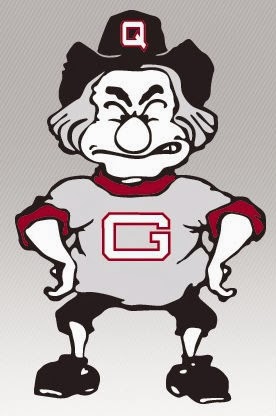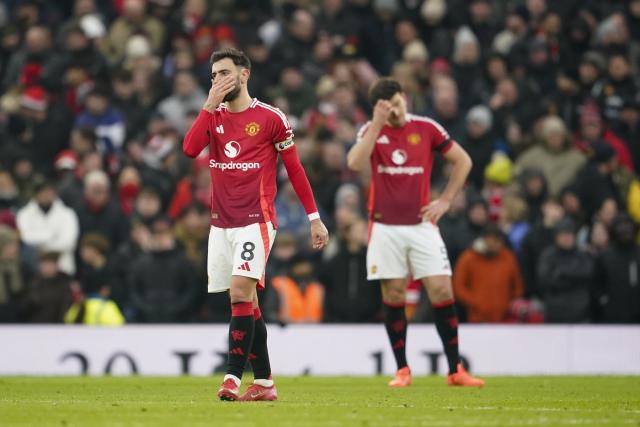The average expense of a spinal cord injury in the first year is $1,023,924. Could a Guilford College football player’s family afford such an expense?
Catastrophic insurance is a policy which covers expenses when a student-athlete suffers catastrophic injuries. Fortunately here at Guilford, the athletic department has an emergency action plan and the NCAA sponsors catastrophic insurance for every Division III school.
In the world of high school football, catastrophic insurance isn’t always available.
E:60 is ESPN’s prime-time news magazine that features profiles, investigations and cutting-edge stories on emerging and established sports. In the E:60 episode of “Busted Coverage,” two high school football players and their families share stories of their spinal cord injuries and the everyday struggle to fight sores and infections and to maintain the will to survive.
Diondre Preston was a starting quarterback at Molina High School in Dallas. He was a Division I prospect, receiving 30 recruiting letters a week. Two years ago he suffered a helmet-to-helmet hit and fractured two vertebrae in his spinal cord, leaving him paralyzed from the neck down.
Preston’s high school is one of the few high schools in Dallas to actually have a catastrophic insurance policy. This policy should insure him $6 million dollars in coverage over a 10 year time span. Phone calls have gone unanswered since he graduated, which was over a year ago.
“The school helped us out in the beginning by paying for supplies, equipment, medical bills and even donated their van for him,” said Preston’s mother Maya Preston in an interview with E:60. “Every time I try to call I get the run around.”
What happens if a high school athlete is catastrophically injured in the state of North Carolina?
During a phone interview, Gary Cavanaugh, business manager of the North Carolina High School Athletic Association, told The Guilfordian that it is mandatory that all members of the association have a catastrophic insurance policy in place.
“Catastrophic policy is used when the total claim of an injury is over $25,000,” said Cavanaugh. “We don’t want any athlete who has suffered a catastrophic injury to have their family get crippled with bills.”
In the state of North Carolina, the limit is $1 million. What is one to do after the policy has maxed out?
The other football player in the video was Rocky Clark, who was paralyzed during a tackle 12 years ago at Eisenhower High School in the Chicago suburbs. Fortunately for Clark, his school had catastrophic insurance.
However, 10 years after his injury, the policy had maxed out, and the benefits were cut off. He was soon hospitalized as his physical condition worsened and his systems started failing him.
A year and five months after the insurance policy had maxed out, Clark passed away at the age of 27.
Where does one turn to after the money comes to a sudden halt?
Eddie Canales and his son, Chris Canales, started a non-profit organization known as Gridiron Heroes. They help high school football players with the day-to-day struggles after suffering a catastrophic spinal cord injury.
During a high school football game, Chris himself suffered a spinal cord injury which left him paralyzed. Since this incident, he was determined to help other athletes and their families conquer the struggles that they would be facing as they adjusted to their new lives.
In an email interview, Eddie told The Guilfordian how his organization helps these athletes in the future.
“We are all dealing with just the day to day struggles that this life-changing injury brings,” said Canales. “We provide equipment and medical supplies, build ramps for homes, provide wheelchair and wheelchair accessible vans which all can be life changing.”
In Texas, some high schools have catastrophic insurance policies, and some do not. This foundation has helped 21 families just in Texas alone and has reached out within the last four years to 25 other families across the nation.
Two hundred and sixty five high school football players have been paralyzed from spinal cord injuries since 1977 and that number keeps growing.
“As parents, we think that, because they are playing for their high school, we assume that if they get hurt playing football they are going to be taken care of by the school,” said Eddie Canales in an interview with E:60. “That sometimes is further from the truth.”
As athletes continue to play past high school and into college, the tackles become harder and the physical play increases.
“My mom would let my brothers play football when they were little, but not when they got older,” said sophomore Logan Hardin. “The sport got more aggressive, and my mom didn’t want them playing because of all the injuries that could potentially happen.”
Guilford has an emergency action plan that is updated every year by Head Athletic Trainer Gary Rizza, which includes what to do with specific injuries and who is responsible and emergency numbers. The NCAA sponsors a catastrophic injury insurance program for every Division III school which covers a student-athlete who is catastrophically injured while participating in a covered intercollegiate athletic activity.
In the NCAA Sports Medicine Handbook it states, “The policy has a $90,000 deductible and provides benefits in excess of any other valid and collectible insurance.”
When asked if the fear of a potential catastrophic injury ever restricted one from playing football, senior Trey Billian answered, “The fear of a serious injury never stopped me from playing because it’s a risk when you play the game and everyone knows it. If you think or worry about it too much and you play scared, that’s when people get hurt.”






